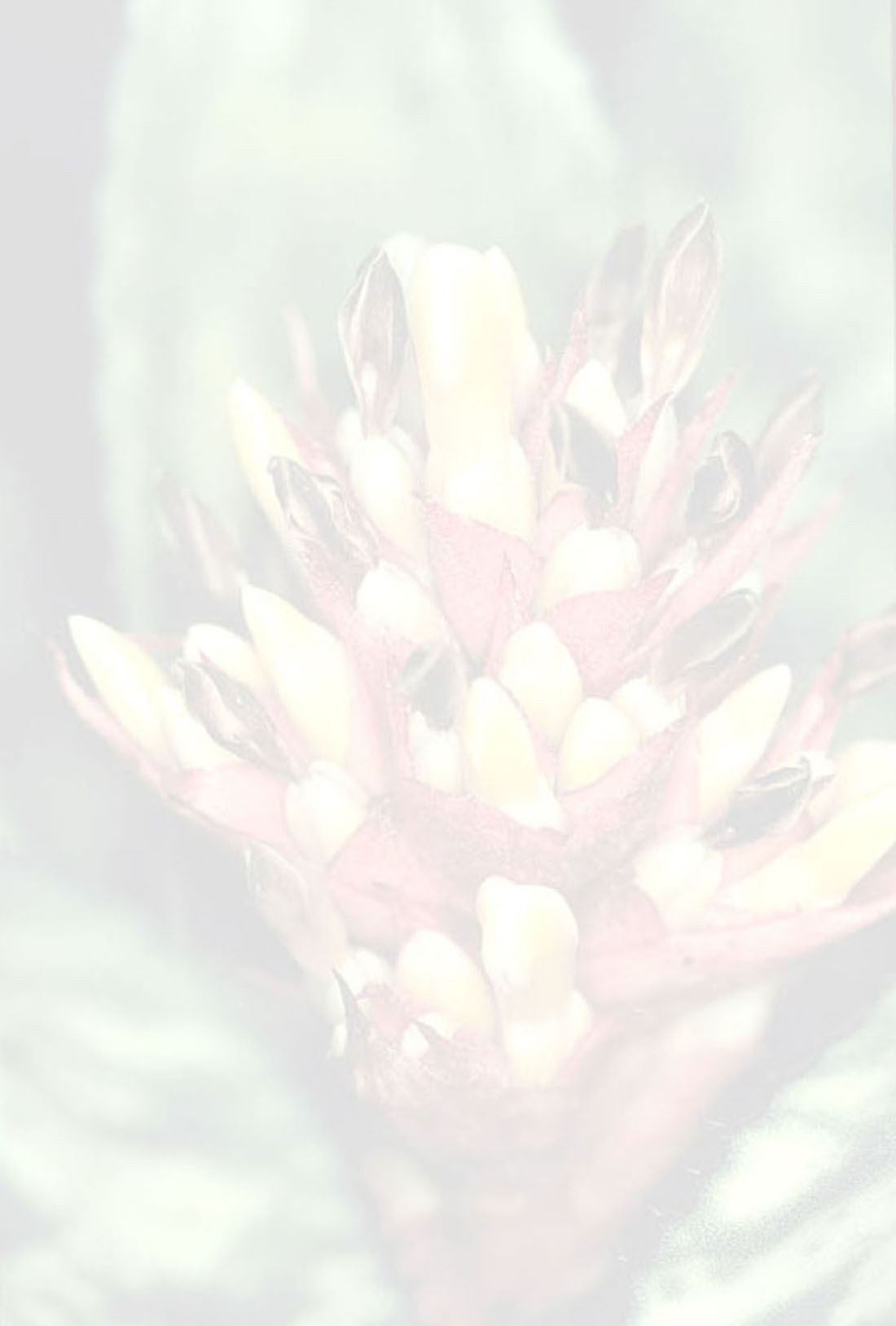

plant flowering to 1 m high. leaves about 16 in a funnelform rosette, to 7 dm long; sheath very large, very broadly elliptic, covered with minute appressed dark castaneous scales, entire or toward the apex coarsely serrate; blade ligulate, subrounded and then narrowed into a short very stout rigid dark spine, 8–12 cm wide, sub densely serrate with dark nearly straight spines 8 mm long, densely and very minutely pale-lepidote on both sides. inflorescence: peduncle straight, stout, tomentose; peduncle bracts erect, imbricate and covering the peduncle, broadly lance-ovate, much thickened and rigid toward the dark pungent apex, elsewhere papyraceous, the lower serrate toward apex, the upper entire; fertile part very densely ellipsoid or subglobose, 7–14 cm long, 9–10 cm in diameter; primary bracts like the upper peduncle-bracts but shorter, exceeding the lower branches; branches short but compound, very densely flowering; floral bracts broadly ovate with an acuminate rigid apex, slightly exceeded by the sepals, subpapyraceous, rose, minutely lepldote. flowers sessile; sepals free, very asymmetric with a large semiorbicular lateral wing, acute, rigid, to 18 mm long, strongly nerved, nearly glabrous; petals ca 2 cm long, bearing 2 short serrate scales at base, claw linear, blade elliptic, acuminate. stamens included, the second series highly adnate to the petals, anthers apiculate. pistil: ovary obovoid, 18 mm long with an epigynous tube 3 mm long; placentae extending the whole height of the cell; ovules long-caudate.Edited from (16-04-2013): Smith & Downs 1979. Bromelioideae (Bromeliaceae) in Flora Neotropica.